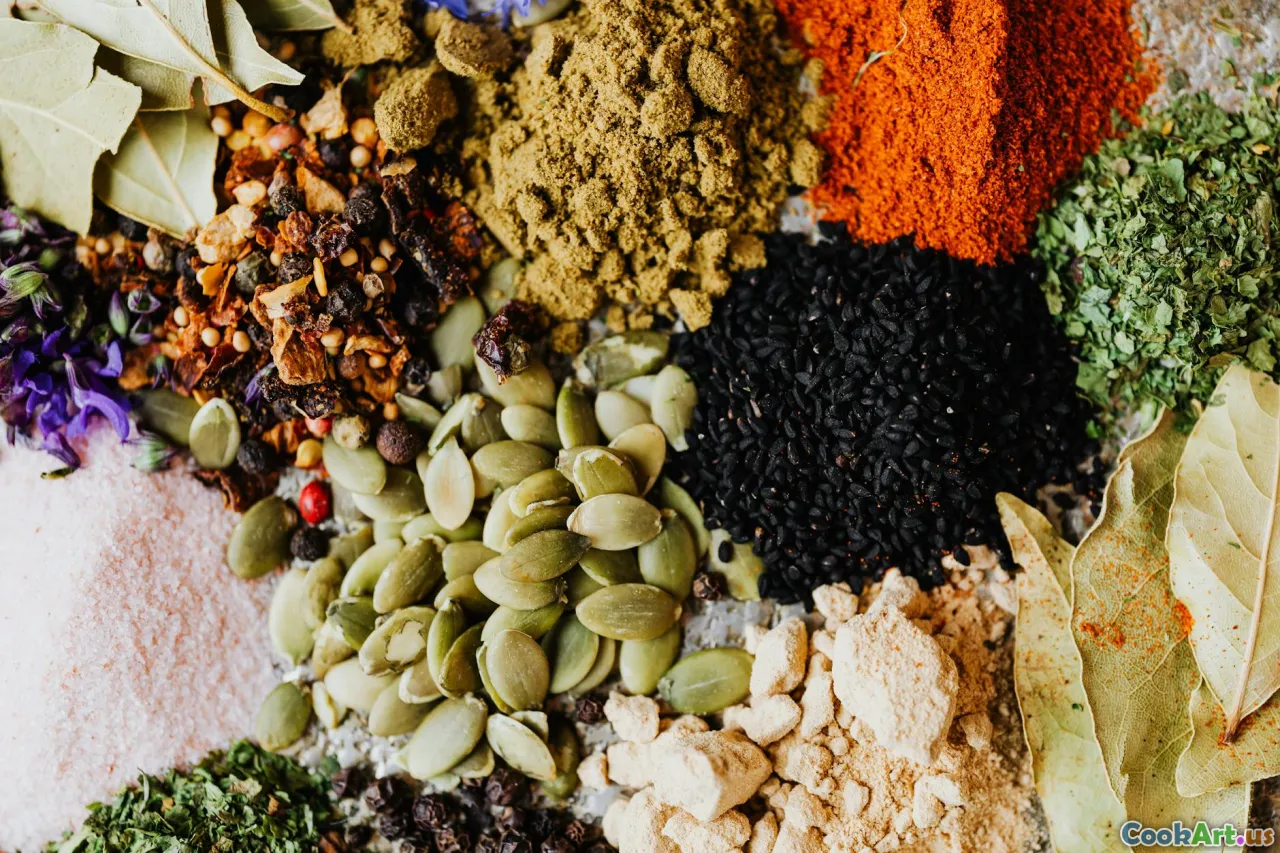Understanding Flavor Profiles in Cooking
6 min read Dive into the world of flavor profiles and discover how they shape the art of cooking across different cuisines. April 09, 2025 20:00
Understanding Flavor Profiles in Cooking
Flavor is one of the most essential elements of cooking, serving as the backbone of culinary creativity and expression. Understanding flavor profiles can help chefs and home cooks alike enhance their dishes, making meals more enjoyable and memorable. In this article, we’ll explore what flavor profiles are, how they are built, and how they vary across different cuisines.
What Are Flavor Profiles?
Flavor profiles are the unique combinations of tastes and aromas that characterize a dish or a cuisine. These profiles are influenced by various factors including ingredients, cooking methods, and cultural traditions. At their core, flavor profiles consist of basic tastes: sweet, sour, salty, bitter, and umami (savory). Each of these tastes can interact in complex ways, creating a symphony of flavors on your palate.
The Basic Tastes
1. Sweet
Sweetness is often associated with sugars and carbohydrates. It can be found in fruits, honey, and sweeteners. In many cultures, sweet flavors are balanced with sour or salty components to create a harmonious dish. For example, in Thai cuisine, sweet and spicy flavors often come together in dishes like Pad Thai.
2. Sour
Sourness is a flavor that can brighten up a dish. It is commonly found in citrus fruits, vinegar, and fermented foods. Sour flavors can help cut through richness, providing a refreshing contrast. In Mediterranean cooking, for instance, lemon juice is frequently used to enhance the freshness of seafood dishes.
3. Salty
Salt is a fundamental flavor enhancer used in nearly every cuisine around the world. It can highlight sweetness, balance bitterness, and deepen flavors. Different types of salt and salting techniques, such as brining or curing, can greatly impact the overall flavor profile of a dish.
4. Bitter
Bitter flavors can add depth and complexity to dishes. Common sources of bitterness include dark leafy greens, coffee, and certain spices. While some cuisines embrace bitterness (like Italian with its use of radicchio), others tend to balance it out with sweetness or acidity.
5. Umami
Umami, often referred to as the fifth taste, is characterized by a savory, rich flavor. It is commonly found in ingredients such as mushrooms, tomatoes, aged cheeses, and meats. Japanese cuisine is particularly known for its umami-rich dishes, such as sushi and ramen.
Building Flavor Profiles
Creating a well-rounded flavor profile involves understanding how to balance these basic tastes. Here are some tips:
- Layering Flavors: Start by building a base flavor, such as sautéing onions and garlic in olive oil, and then add spices or herbs gradually to create complexity.
- Experimenting with Acidity: Acidic components like vinegars or citrus can brighten up flavors and add contrast. Don’t shy away from incorporating these elements!
- Using Fresh Ingredients: Fresh herbs, spices, and seasonal produce can elevate your dishes and provide vibrant flavors.
Regional Flavor Profiles
Different regions of the world have distinct flavor profiles that reflect their culinary traditions.
- Asian Cuisines: In many Asian dishes, there is a strong emphasis on balancing sweet, salty, sour, and umami flavors. Soy sauce, fish sauce, and rice vinegar are common ingredients used to achieve this balance.
- Mediterranean Cuisine: Known for its use of fresh herbs, olive oil, and citrus, Mediterranean cuisine often highlights the natural flavors of its ingredients, creating bright and lively dishes.
- Latin American Dishes: Latin American cooking frequently employs bold spices, citrus, and various chilies, resulting in vibrant and dynamic flavor profiles.
Conclusion
Understanding flavor profiles is essential for any cook looking to elevate their culinary game. By recognizing the basic tastes and how they interact, you can create dishes that are not only delicious but also memorable. Whether you’re exploring new cuisines or perfecting your family recipes, a solid grasp of flavor profiles will undoubtedly enhance your cooking experience. So, get in the kitchen and start experimenting with flavors—your palate will thank you!









